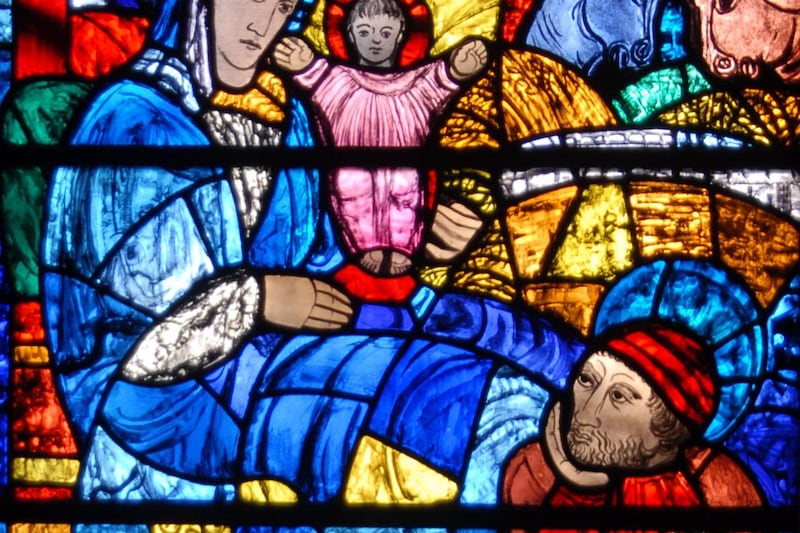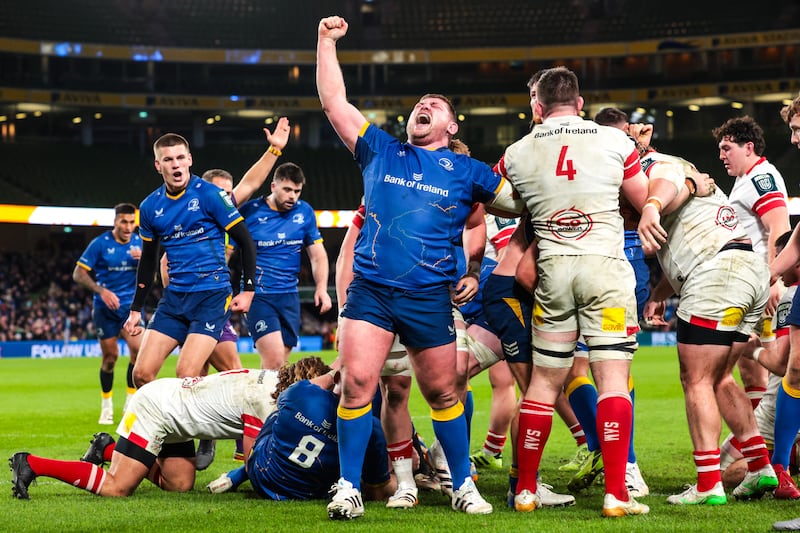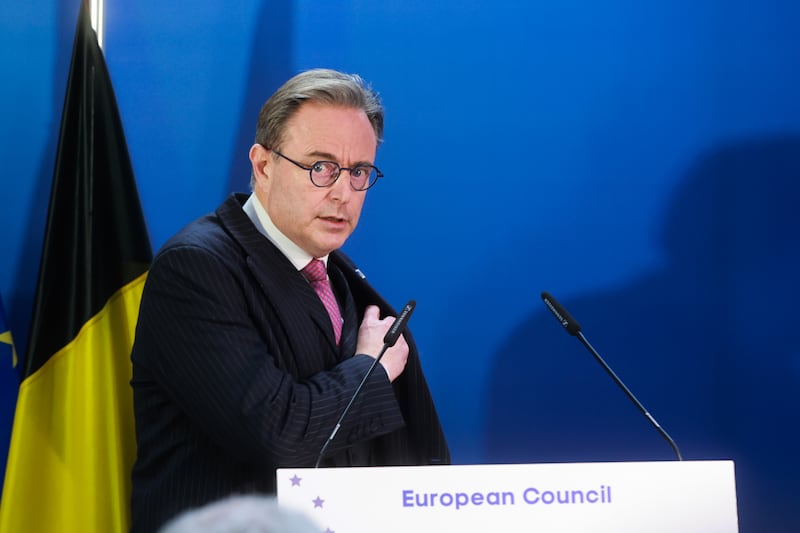Green PartyEamon RyanPatrick CostelloRoderic O’GormanMichael Healy RaeOssian SmythClimate changeMarc Ó CathasaighBrian Leddin
Subscriber OnlyPolitics
Greens in power: How the party has quietly become the most effective member of Coalition
Harry McGee looks at the party’s performance in Government ahead of its annual conference in Cork
















